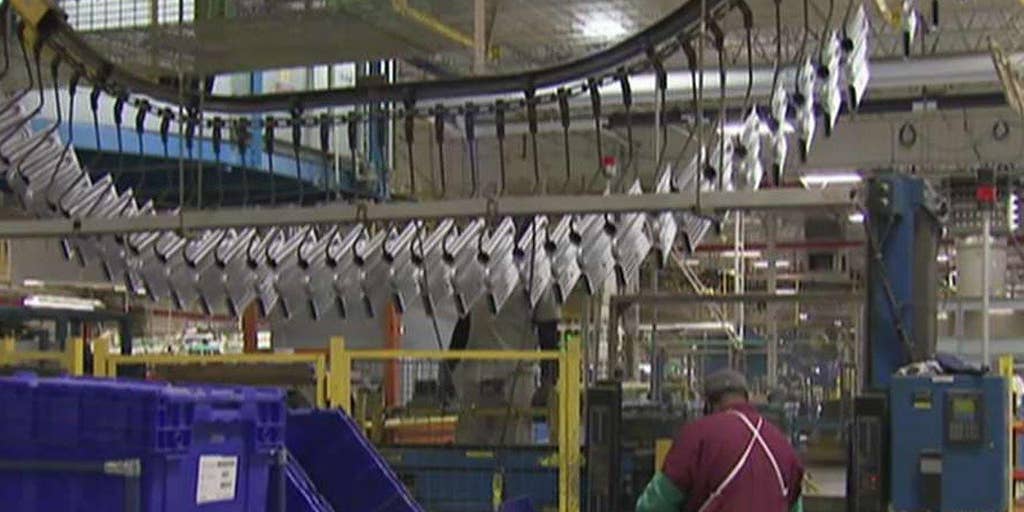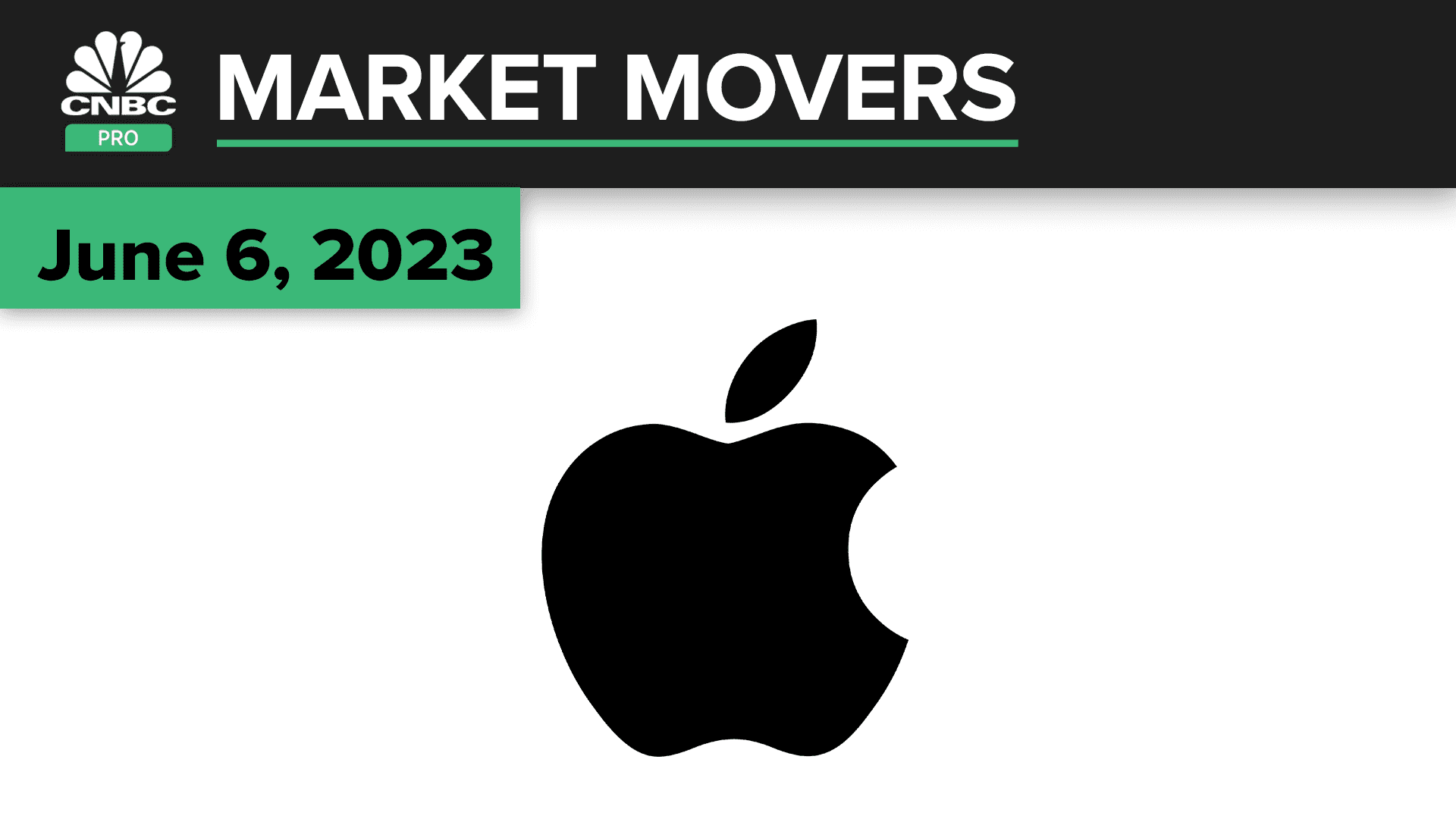Can Trump's Policies Bring Back American Factory Jobs? An Analysis

Table of Contents
H2: Trump's Trade Policies and Their Impact on Manufacturing
Trump's administration implemented a series of protectionist trade policies, most notably imposing tariffs on imported goods from countries like China. The rationale was to level the playing field for American manufacturers, reduce the US trade deficit, and encourage reshoring – the return of manufacturing jobs to the US. However, the reality proved far more nuanced.
-
Impact on Specific Industries: Tariffs on steel and aluminum, for example, initially provided some relief to domestic producers. However, these measures also increased costs for downstream industries that relied on these materials, leading to job losses in other sectors. The automotive industry, heavily reliant on imported parts, also faced significant challenges.
-
NAFTA and USMCA: The replacement of NAFTA with the USMCA (United States-Mexico-Canada Agreement) aimed to improve trade conditions for American manufacturers. While the agreement brought some changes, its impact on job creation has been debated, with some studies suggesting minimal net job gains.
-
Trade Deficit: Despite the tariffs, the US trade deficit persisted, suggesting that the protectionist approach did not significantly alter the overall balance of trade. This highlights the complexity of global trade and the limitations of using tariffs as a sole mechanism for job creation.
-
Unintended Consequences:
- Increased prices for consumers due to tariffs on imported goods.
- Retaliatory tariffs from other countries, harming American exporters.
- Disruption of established global supply chains, increasing production costs.
- Limited empirical evidence demonstrating significant job creation directly attributable to tariffs.
H2: The Role of Tax Cuts and Deregulation
Trump's administration also implemented significant tax cuts, including a reduction in the corporate tax rate from 35% to 21%. The aim was to stimulate business investment, boost economic growth, and consequently create more jobs, including in the manufacturing sector. While corporate profits increased, the direct impact on factory job creation remains a subject of ongoing debate.
-
Corporate Tax Cuts and Investment: The tax cuts led to increased corporate profits, but much of this windfall was used for stock buybacks and shareholder dividends rather than significant investments in new plants and equipment, limiting their direct impact on manufacturing jobs.
-
Deregulation: Simultaneously, the administration pursued a policy of deregulation across various sectors. While this might have reduced regulatory burdens for some manufacturers, the potential negative consequences, particularly for environmental protection, remain a concern. Some argue that environmental deregulation could lead to long-term damage to the economy and outweigh any short-term benefits to manufacturing.
-
Economic Growth and Job Creation: While the economy did experience a period of growth under Trump, attributing this solely to tax cuts and deregulation is an oversimplification. Other factors, such as existing economic momentum and global conditions, also played significant roles.
H2: Automation and the Future of American Factory Jobs
Beyond the political landscape, technological advancements and automation present a major challenge to the future of American factory jobs. The increasing use of robotics and artificial intelligence is driving productivity gains but also leading to job displacement in certain sectors.
-
Automation's Impact: Automation is a powerful force, capable of significantly increasing efficiency and productivity in manufacturing. This often leads to fewer jobs being needed to produce the same or even greater output.
-
Job Displacement and Reskilling: The resulting job displacement necessitates a concerted effort towards reskilling and workforce development. Investing in education and training programs that equip workers with the skills needed for the jobs of the future is crucial.
-
The Need for Adaptability: The focus should shift towards high-skill, high-wage manufacturing jobs that leverage technology and automation to enhance productivity and competitiveness. This requires a proactive approach to workforce adaptation and a focus on innovation.
- Automation as a driver of productivity gains, but also a significant source of potential job losses.
- The urgent need for investment in education and training to prepare the workforce for evolving job demands.
- A strategic focus on cultivating high-skill, high-wage manufacturing jobs that integrate technology.
3. Conclusion:
This analysis presents a complex and multifaceted picture of the impact of Trump's policies on American factory jobs. While some sectors experienced temporary gains, the overall impact is far from conclusive. Trade policies, while intended to protect American industries, also triggered economic uncertainty and retaliatory measures. Tax cuts stimulated some investment, but the link to widespread factory job creation remains tenuous. Automation continues to reshape the manufacturing landscape, demanding a proactive focus on workforce adaptation and reskilling. To effectively support American manufacturing and secure American factory jobs for the future, we need to move beyond simplistic solutions and adopt nuanced, comprehensive strategies that address the technological and global economic realities. Let's continue the vital conversation on how to best revitalize American manufacturing and create sustainable, high-paying American factory jobs.

Featured Posts
-
 Gumballs Next Adventure A Sneak Peek
May 21, 2025
Gumballs Next Adventure A Sneak Peek
May 21, 2025 -
 Protecting Yourself From Damaging Winds During Fast Moving Storms
May 21, 2025
Protecting Yourself From Damaging Winds During Fast Moving Storms
May 21, 2025 -
 Video Cum Au Fost Intampinati Fratii Tate La Bucuresti Dupa Eliberare
May 21, 2025
Video Cum Au Fost Intampinati Fratii Tate La Bucuresti Dupa Eliberare
May 21, 2025 -
 Huizenprijzen Stijgen Ondanks Economische Tegenwind Abn Amro Prognose
May 21, 2025
Huizenprijzen Stijgen Ondanks Economische Tegenwind Abn Amro Prognose
May 21, 2025 -
 Bbai Stock Analyst Downgrade Reflects Growth Challenges
May 21, 2025
Bbai Stock Analyst Downgrade Reflects Growth Challenges
May 21, 2025
